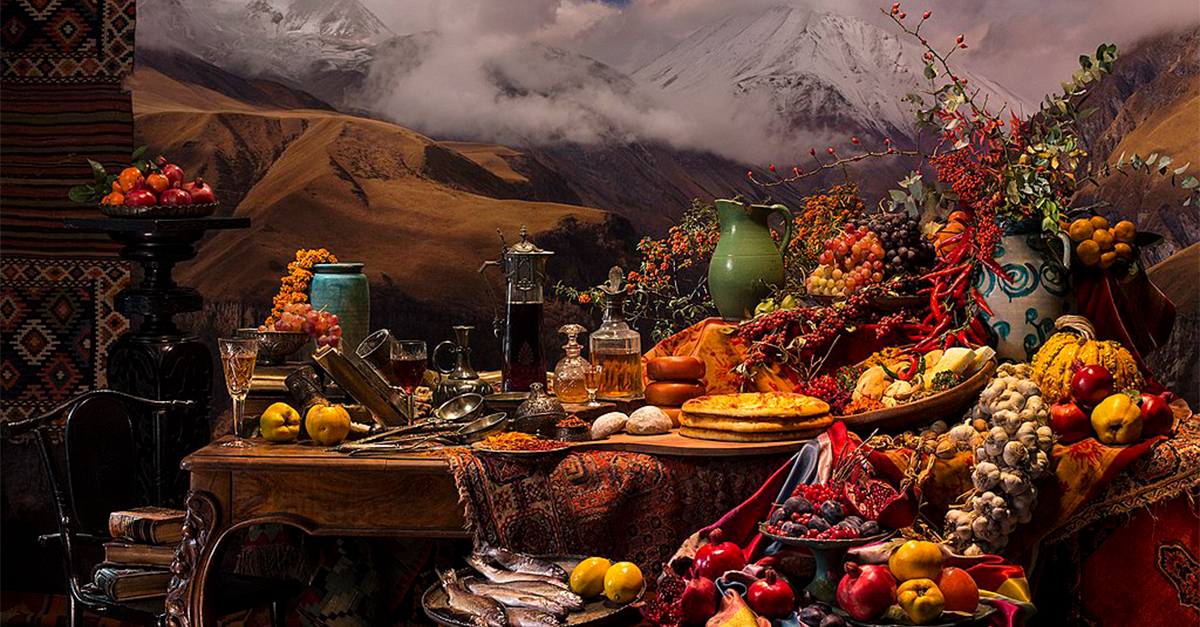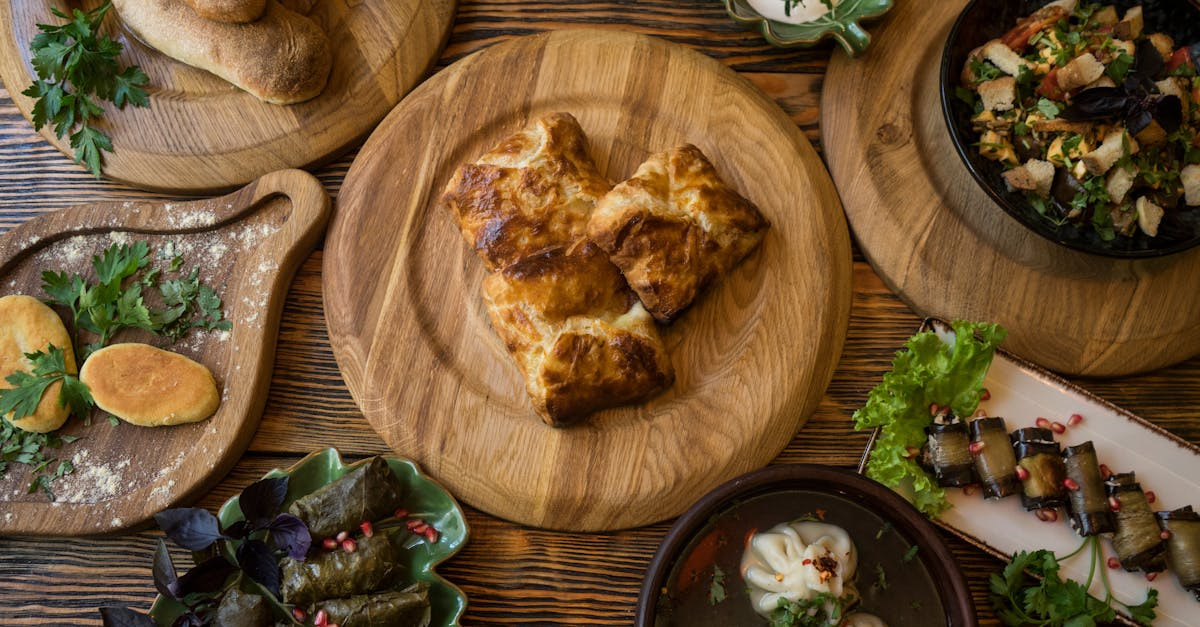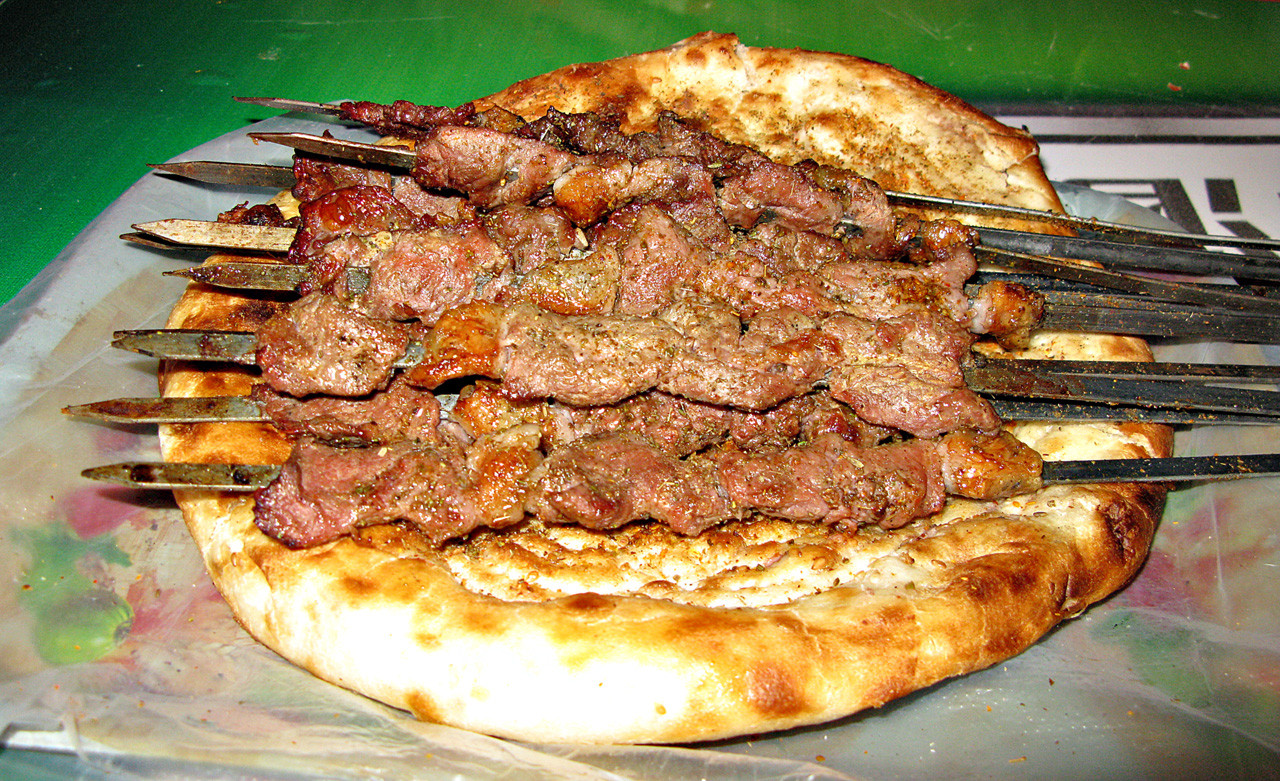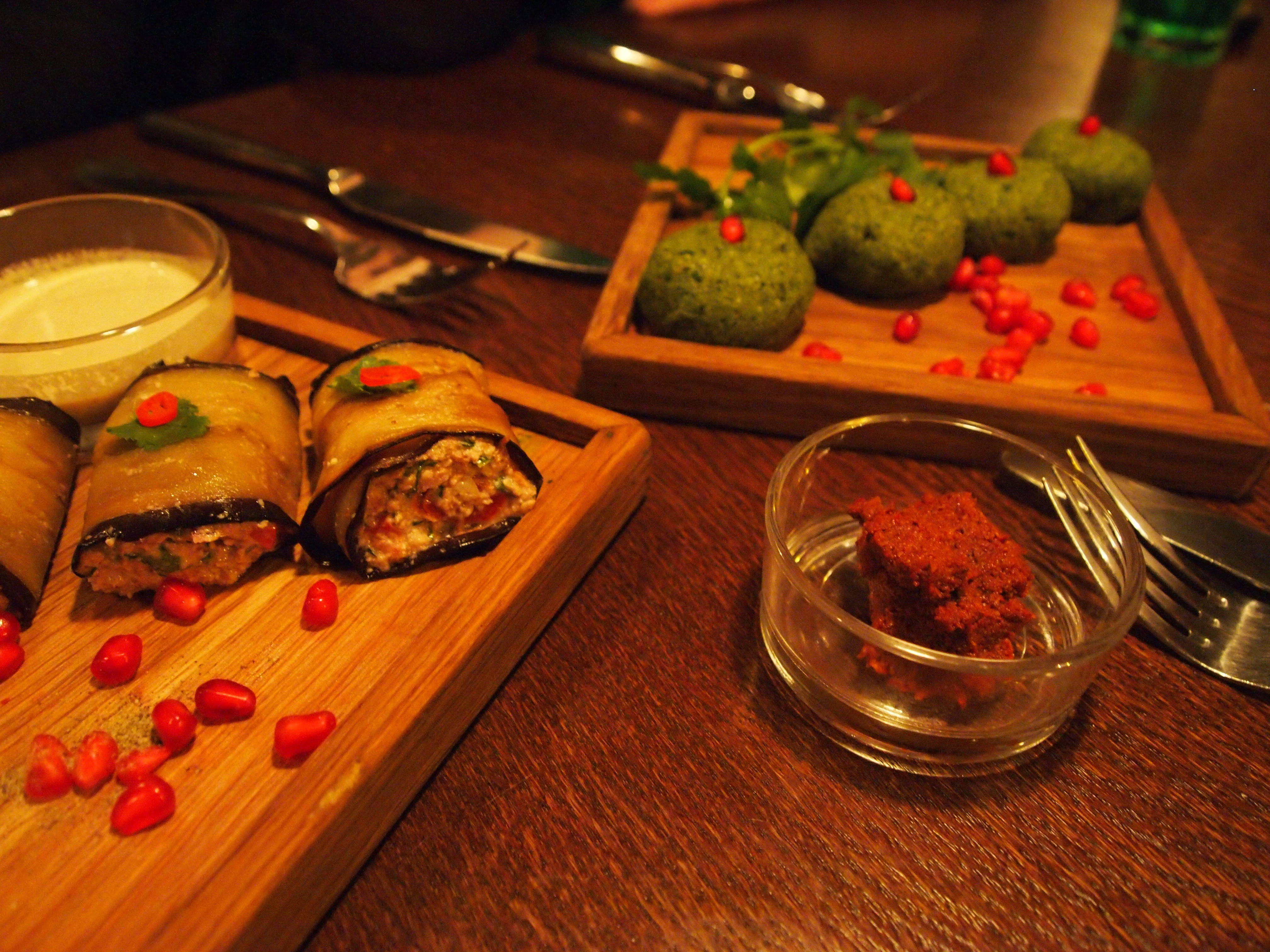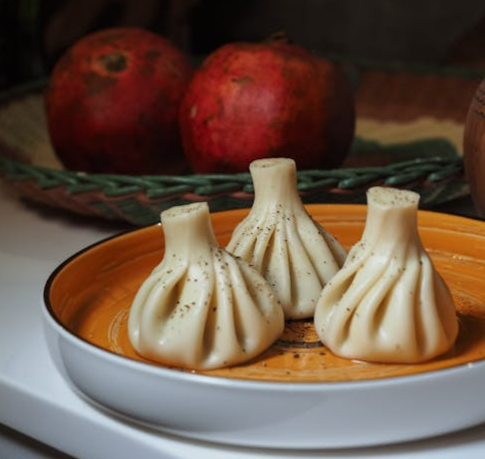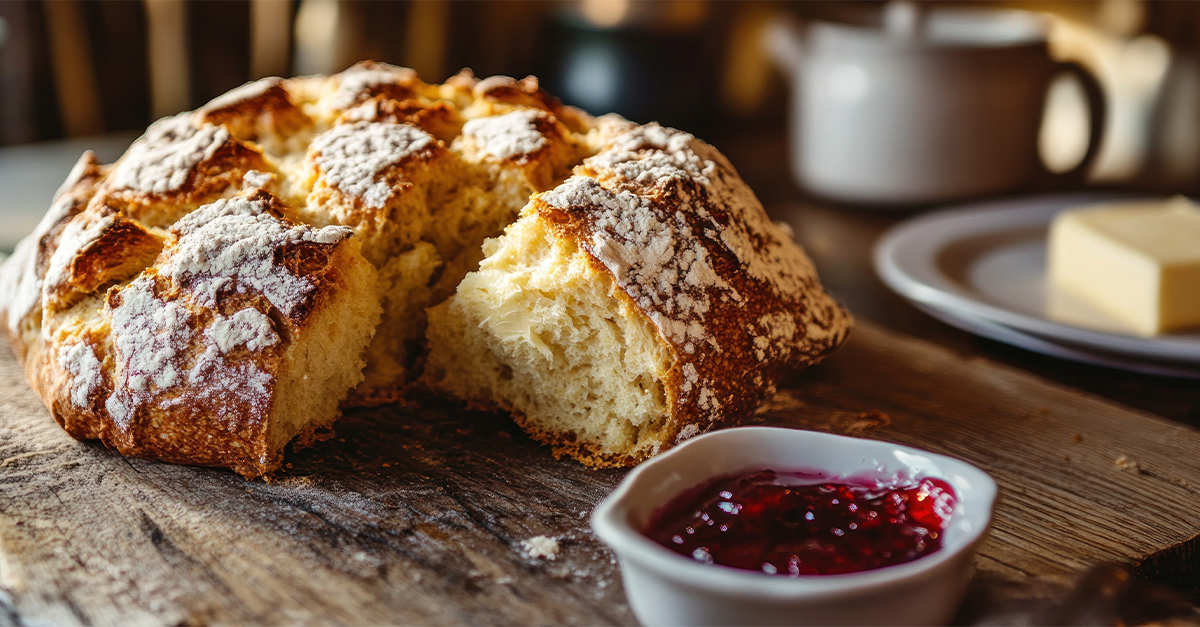Georgia, the mountainous land in the Caucasus region of Asia, is home to a distinctive culinary tradition. Georgian cuisine is a product of the country’s history, landscape, and many cultural influences. Renowned for its unique flavors, vibrant colors, and generous use of fresh herbs, Georgian food is a delight for anyone interested in trying something different.
East Meets West
Flavors from Mediterranean, Middle Eastern, Persian, and even Central Asian dishes have shaped Georgian cooking. But even with all these different influences, Georgian cuisine remains in a class of its own with its use of bold spices, fresh herbs, and hearty, home-cooked traditions handed down from generation to generation.
Bread And Cheese Are Always Close By
Bread is important in Georgian cuisine, particularly puri and khachapuri. Puri is a rustic bread often baked in a traditional clay oven. Khachapuri, a Georgian favorite, is a cheese-filled bread that comes in regional variations. Don’t forget to check out Adjarian khachapuri, shaped like a boat and topped with melted cheese, butter, and a cracked egg. It’s a classic!
Flavorful Stews And Meat Dishes
Meat has a special place in Georgian cuisine, often prepared as hearty stews or grilled skewers known as mtsvadi. Dishes like chakapuli, an aromatic lamb stew with tarragon and sour plums, are a prime example of the cuisine’s balance of savory and tang. Spices like coriander, blue fenugreek, and garlic add complexity to meat dishes without overpowering the natural flavors.
The Importance Of Vegetables And Herbs
Meat is popular, but vegetables and herbs are just as important in Georgian cooking. Many traditional dishes use eggplant, spinach, beans, and tomatoes, often paired with fresh cilantro, parsley, and dill. Walnut-based sauces like satsivi add richness to meat and vegetable dishes.
Famous Dumplings And Starters
Khinkali, dumplings filled with spiced meat, mushrooms, or cheese, are another Georgian standout. Their distinctive twisted tops are made for easy handling, and perfect for sharing. Starters can include pkhali, a selection of vegetable pâtés all blended up with walnuts and garlic, and pickled vegetables that balance the richness of main dishes.
Wine Culture And Toasting Traditions
Georgia has an 8,000-year-old winemaking tradition that’s still going strong today. Unique grape varieties and ancient fermentation methods use clay vessels called qvevri to produce wines with earthy, bold flavors. Georgian dining usually comes with an elaborate toast, reflecting the traditional importance of people eating together.
Distinctive Sauces And Spices
Georgian sauces bring complexity to the cuisine. Tkemali, a sour plum sauce, and adjika, a spicy red pepper paste, are great additions to meats and vegetables. Ground walnuts, garlic, and herbs are often the base for rich, nutty sauces. The spice blends are meant to add to, rather than overpower, the natural flavors of the ingredients.
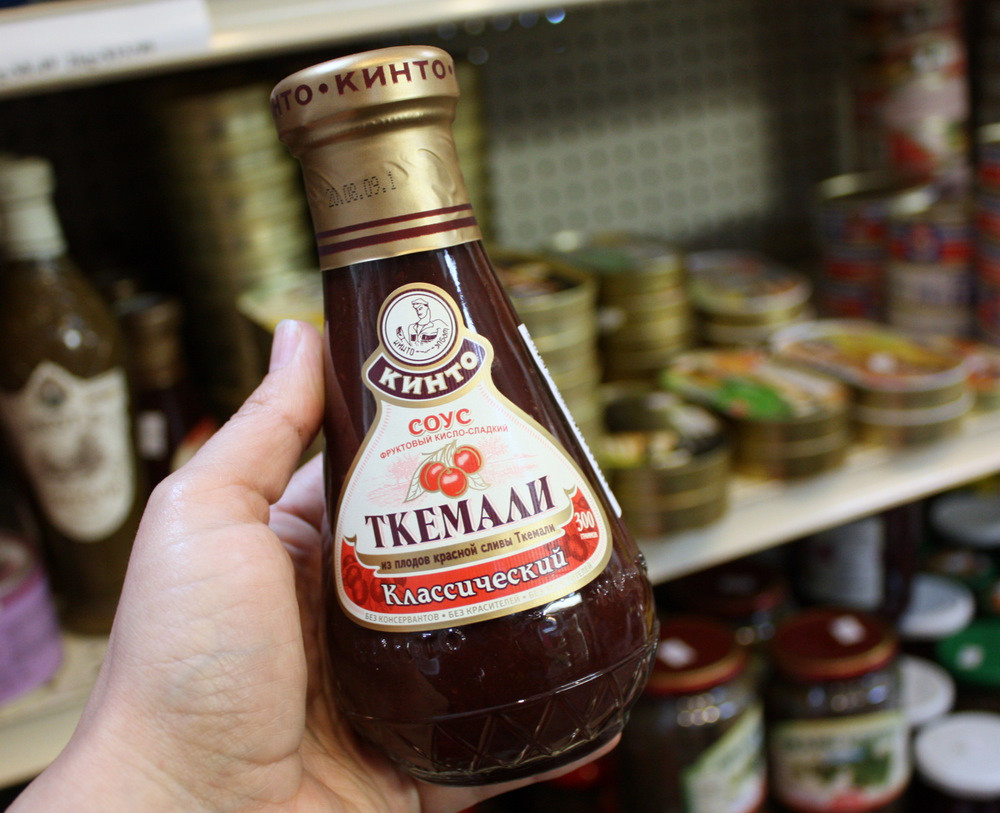 Leslie Seaton from Seattle, WA, USA, Wikimedia Commons
Leslie Seaton from Seattle, WA, USA, Wikimedia Commons
Hospitality At The Heart Of Every Meal
Hospitality is a big part of Georgian culture. Guests are welcomed with plenty of food, wine, and heartfelt toasts. Meals can stretch on for hours, blending music, conversation, and celebration. The supra, or traditional Georgian feast, embodies this spirit of generosity, where dishes continuously arrive, and no guest leaves hungry.
You May Also Like:
Wazwan: The Best Of Kashmiri Cuisine
The Best Street Foods From Around The World - Part 1

